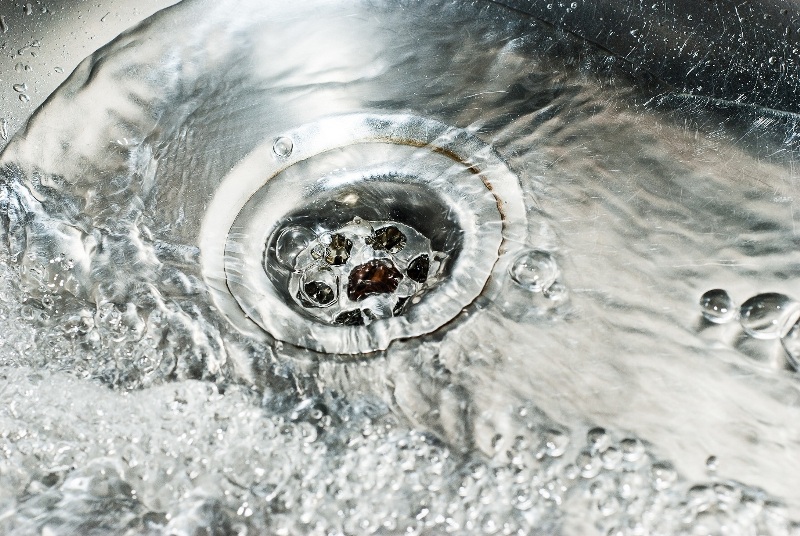You already have an idea or two about the warning signs. Your sink is either taking longer to drain or your beginning to see water pooling beneath. And the odours – you simply cannot stand them. Later on, you find out that drain is completely blocked. You certainly know that it is the kind of thing that you need to address as soon as possible.
Many homeowners have been wondering about how to unblock a drain. The problem is that they do not have the concrete knowledge about any of them. In reality, there are many natural ways to unclog drains. Here are some of them!
#1.Use Baking Soda and Vinegar
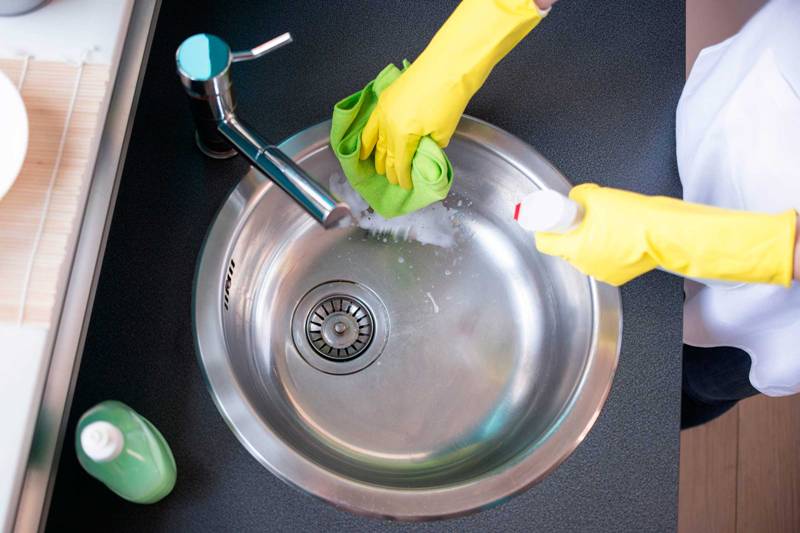
Yes, that is right – you can always use baking soda and vinegar to unclog drains naturally. Just mix at least 1/3 of a cup of vinegar and baking soda (same measurement). Keep in mind, though, that the solution will fizzle right away; hence, you should pour it down to your clogged drain immediately. Basically, the answer to your problem is the fizzling action, which can help in removing elements such as hair, gunk, and grime. Just let the solution sit there overnight. The next day, though, make sure to flush it out with water.
#2.The Wet and Dry Vacuum
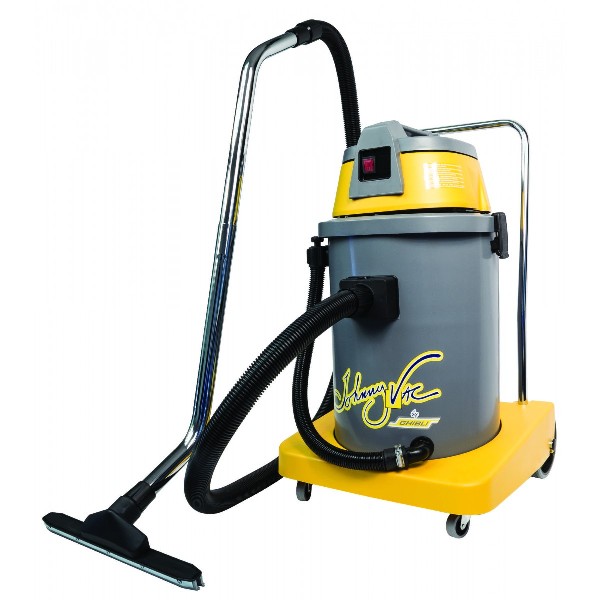
Want to know how to unblock a drain like a pro? This is where you are going to need a wet and dry shop vacuum, which is really an exceptional tool to unclog drains. The first thing you need to do is set the device to vacuum liquids (make sure you cover the vent, so you can prevent a mess). From there, just create the tightest seal you can over your drain. If you want to be a bit creative, you can go with an old plunger head. As soon as you set the vacuum to a high setting, it will have enough power to draw the clog up and vacuum into the bag.
#3.Boiling Water
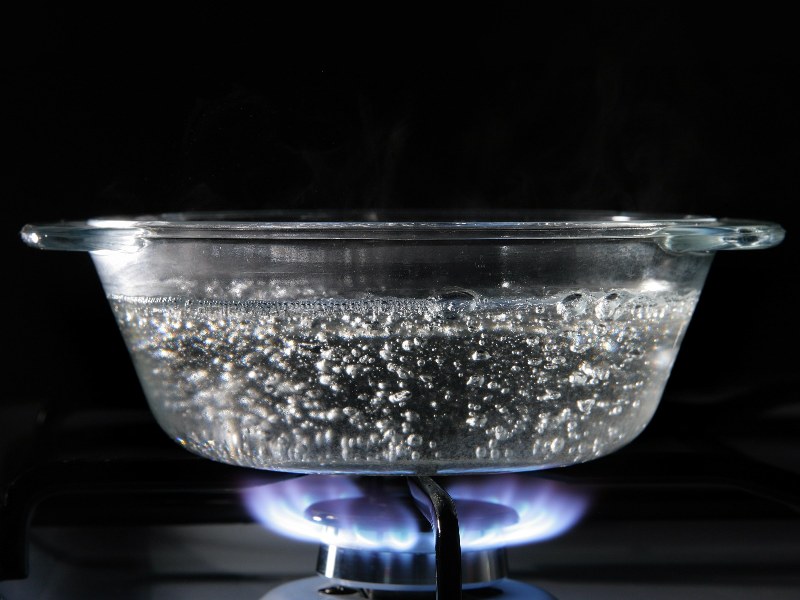
Like baking soda and vinegar, boiling water is capable of giving you natural ways to unclog drains. Of course, this one right here is pretty straightforward. Just boil water and pour it slowly down your drain. The idea here, though, is to never pour all the water in one sitting. You should always allow the water to work for a couple of seconds in between each pour you make. Believe it or not, this is often the easiest and quickest answer to how to unclog drains. Once done, use the remaining boiling water for a cup of tea!
#4.Caustic Soda
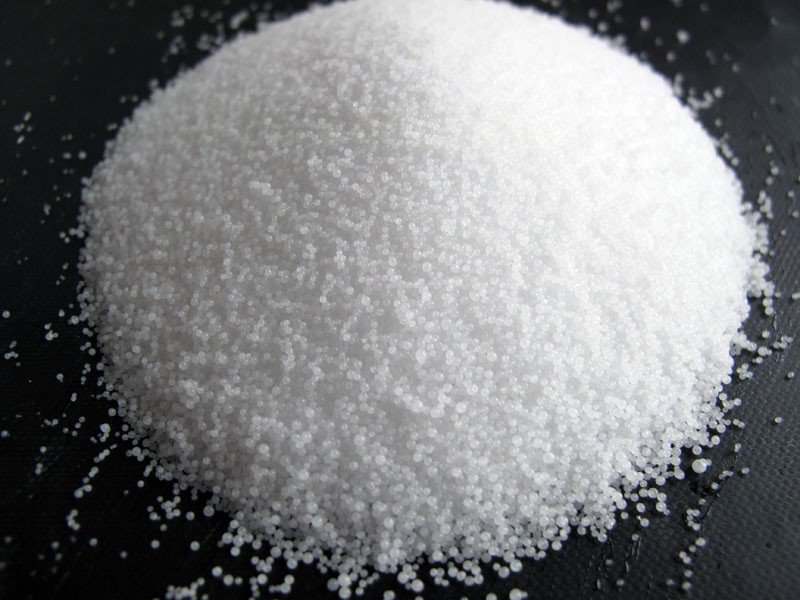
It is important that before you use caustic soda, you must have rubber gloves and eye protection for safety purposes. More importantly, do not let your children be around you when performing this one. Keep in mind that caustic soda is capable of causing nasty chemical burns. And while you can always buy one for your local shop, it is imperative that you use it with utmost handling. Just pour at least ¾ galloon of cold water into your mop bucket and add three cups of caustic soda.You will eventually see it fizzling and heating up. From there, pour the solution into your blocked drain and leave it for about 30 minutes. After that, you can just flush everything with boiling water.
#5.Clean the Pipe
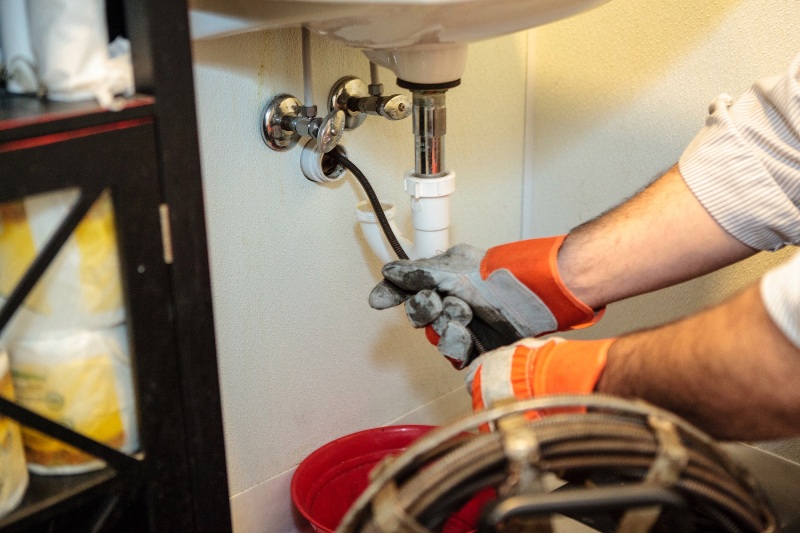
It is true that most, if not, plumbing jobs will not get the job done. But this one is a huge exception. Your first step here is to place an empty bucket just underneath the “trap,” which is the u-shaped pipe. The bucket will be responsible for collecting the water that will eventually spill. From there, get a plumber’s wrench so you can loosen the slip nuts found in the pipe’s both ends. You should be able to complete this process by hand.
As soon as the trap is free, you must remove and turn it upside down in order to empty the contents straight into the bucket you placed. Keep in mind, though, that you must try to fish around, so you can look for debris. Do the exact process with the pipes that were holding the trap. You may want to use an old toothbrush, so you can remove the tough gunk. Before putting everything back into place, make sure to rinse the trap with water.
#6.Dish Detergent
Do you still want other natural ways to unclog drains? It is time to use your favourite dish detergent! Just simply pour a small amount of it in a bowl. From there, boil some water. The dish soap will basically act as a lubricant that will be responsible for breaking the greasy residue up. Once this process is completed, get the boiling water and pour it down. This is where you will have to start plunging. If your plunger will not work, you can always go with rubber gloves.
